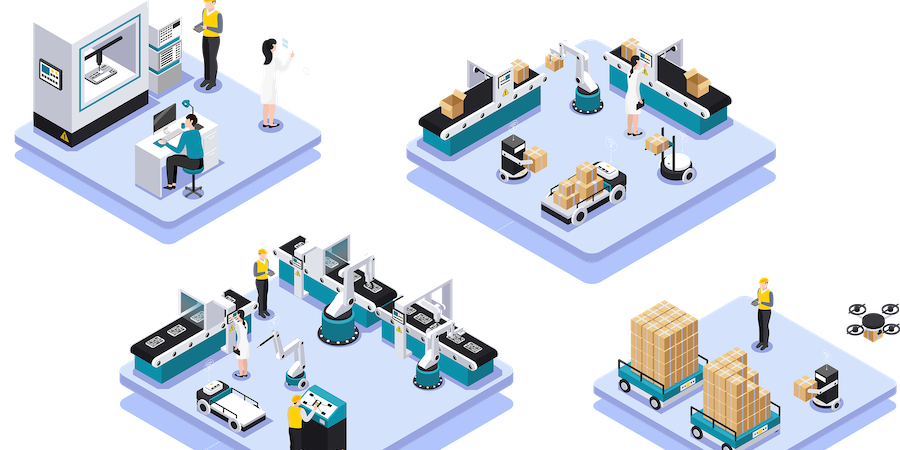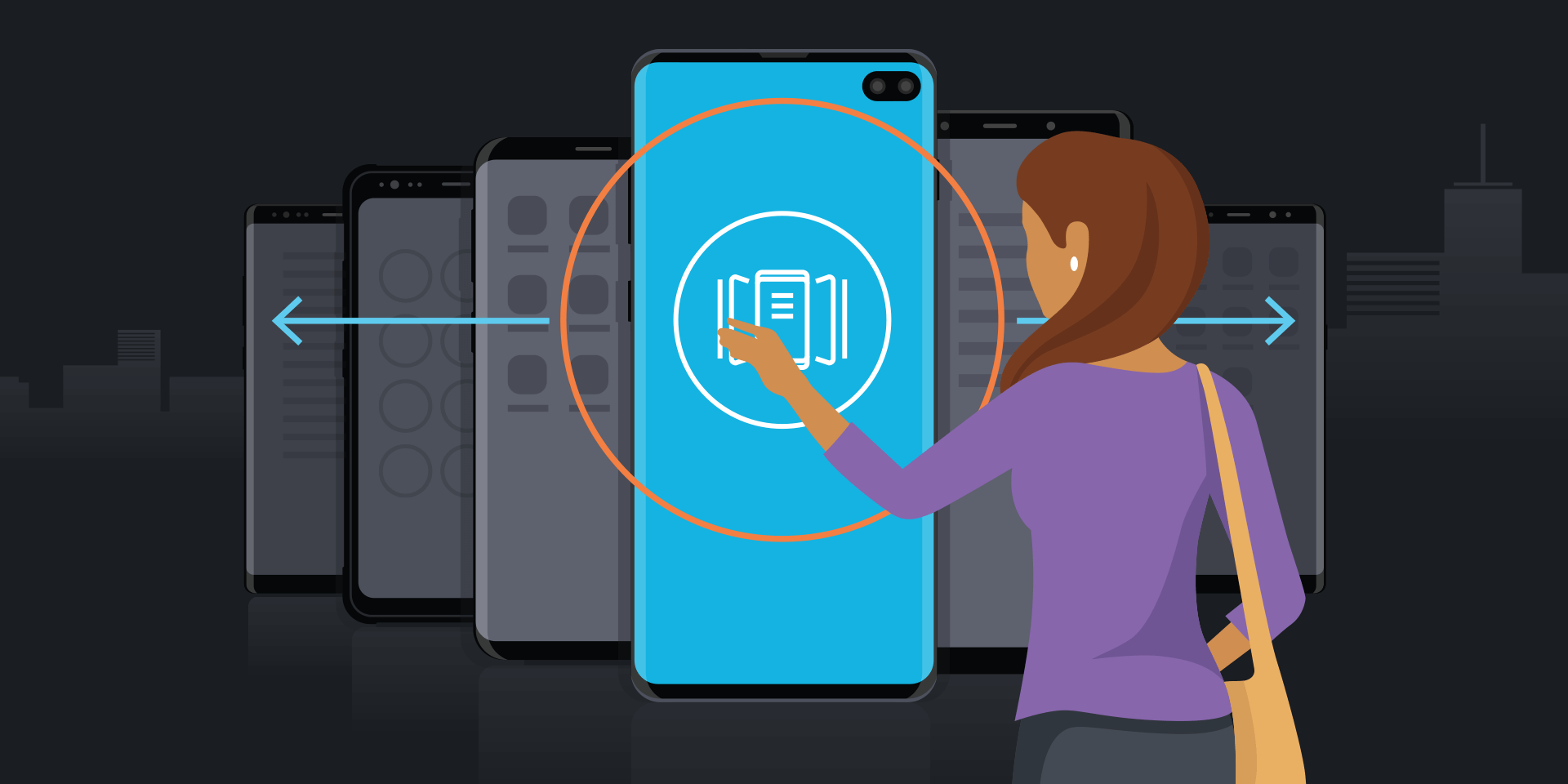With each new generation of network technology, it’s not just the speeds that have changed but our conception of what’s possible. The first mobile networks let us make calls without cords. The second generation, 2G, made texting a part of everyday life. Then 3G gave us mobile web browsing on the go, and 4G marked the beginning of streaming and social media.
4G served businesses very well for years, with communications speeds and latency seeing vast improvements, opening up new possibilities. But even as these technologies give rise to greater efficiencies and new business models, many organizations are still being throttled by current network limitations.
Enter 5G. We are at a point in which limitations are diminishing — and what were once aspirations are becoming reality. Application developers for businesses have taken note. With 5G — and the high speed and lower latency it brings — developers will have unprecedented opportunities to capitalize on changing trends and build supercharged solutions that will transform businesses.
The opportunities are just beginning. Last week at Mobile World Congress L.A., Samsung announced its latest network technologies that will help accelerate 5G deployments from carriers around the world. With 5G’s broad deployment inevitable, now is the time for developers to think about how they can harness the new opportunities 5G will bring.
Here are some key opportunities that application developers can look forward to, as they seek new ways to thrive in a brave new communications world.
The IoT and AI Revolution
Businesses are eager to take advantage of artificial intelligence (AI), machine learning, and the internet of things (IoT). But for systems to function seamlessly, they need access to a ton of data in real-time — something that modern connectivity doesn’t allow for. 5G will change all of that. Developers will be free of limitations, and opportunities will be fully realized in a way that current connectivity prohibits.
What's the Best Phone for Your Business?
Discover the smartphone most tailored to your business needs. Download Now
5G uses far less power, leveraging IoT sensors that can last for years. Further, with 5G antennas and cells able to support many more devices than 4G could, the number of IoT sensors collecting data will proliferate. 5G’s higher speeds and lower latency will allow more data to be processed without delay, while reaching thousands of devices simultaneously.
This opens new possibilities in AI and IoT development — for industries such as farming, which is ripe for transformation. With IoT sensors placed throughout a field, these sensors can take advantage of 5G to detect when certain areas are too dry or wet in real time, and respond immediately by adjusting irrigation levels. In manufacturing, a factory that has sensors placed throughout can detect when aberrations arise in equipment. A preventative maintenance application that leverages 5G can make factory administration simpler and more cost-effective, and play a central role in defining the smart factory of the future.
Network Optimization Needs
With 5G, networks will be optimized as practices such as network slicing become fully realized, not just for carriers, but for private enterprises deploying 5G networks. Network slicing is the process of using a portion of network bandwidth to prioritize a specific need, offering developers a chance to create applications for a range of functions for a single business.
Hospital administrators, for instance, will be able to carve out portions of their 5G network for multiple purposes. One application can give doctors a mission-critical connection that’s optimized to secure and handle large amounts of patient data, while another gives patients a connection with lower prioritization that supports bedside tablets. A third slice of the network could be allocated to an application that serves hospital visitors, serving lower priority needs.
Currently, one of the biggest burdens for B2B developers is the need to secure an application and the data it transmits. But with network slicing, this burden can be shouldered by the organization deploying the 5G network, leaving developers with one less problem to solve and more time to focus on creating a 5G-enabled solution designed for the new way business is done.
Low Latency Advantages
5G is up to 20 times faster than 4G. But this latest generation of networks is hardly just “faster 4G.” Coupled with record-setting low latency, 5G’s speeds will allow developers to create applications that make the most of improved reaction times, such as near real-time video transmission for sporting events or security purposes.
Lower latency will enable developers to take advantage of field work applications as well. For utility workers in the field, there’s nothing worse than climbing a telephone pole to fix a transformer only to realize they don’t have instructions for a piece of equipment. But a 5G-enabled augmented reality (AR) application can allow them to videoconference an inspector back at the office, who can annotate and overlay images onto their screen to show them how to proceed. With 4G, this wouldn’t be possible — but 5G eliminates the lag that prevents workers from getting jobs done.
This advancement extends to trends in healthcare as well. When a hospital moves a patient out of their building and into their home, they can continue to monitor the patient through a direct link to the hospital’s nursing station. 5G’s latency advantages can give rise to applications that help hospitals monitor patient information in near real-time — measuring diagnostics such as heart rate and blood, sugar and oxygen levels — in a more reliable and accurate way, enabling professionals to respond as needed.
Its applications like these — and many yet to be developed — that will tap 5G’s speed and latency improvements, altering industries across the board, as we know it.
To hear more about these opportunities, and strategies for capitalizing on them, visit a session I will be leading on Wednesday, October 30, 2:00 PM in room 211B at the Samsung Developer Conference 2019, happening in San Jose, CA.









